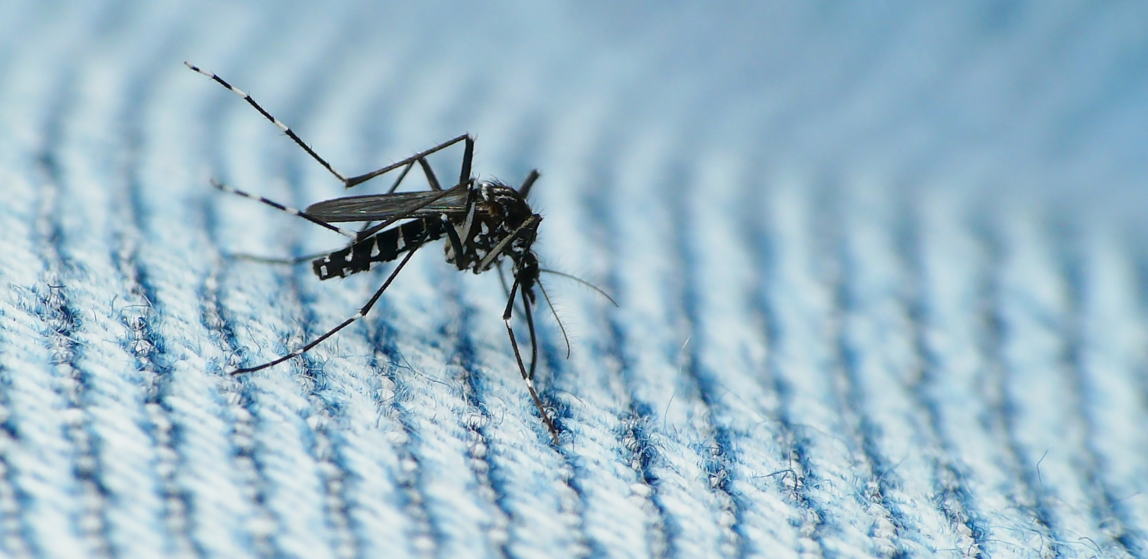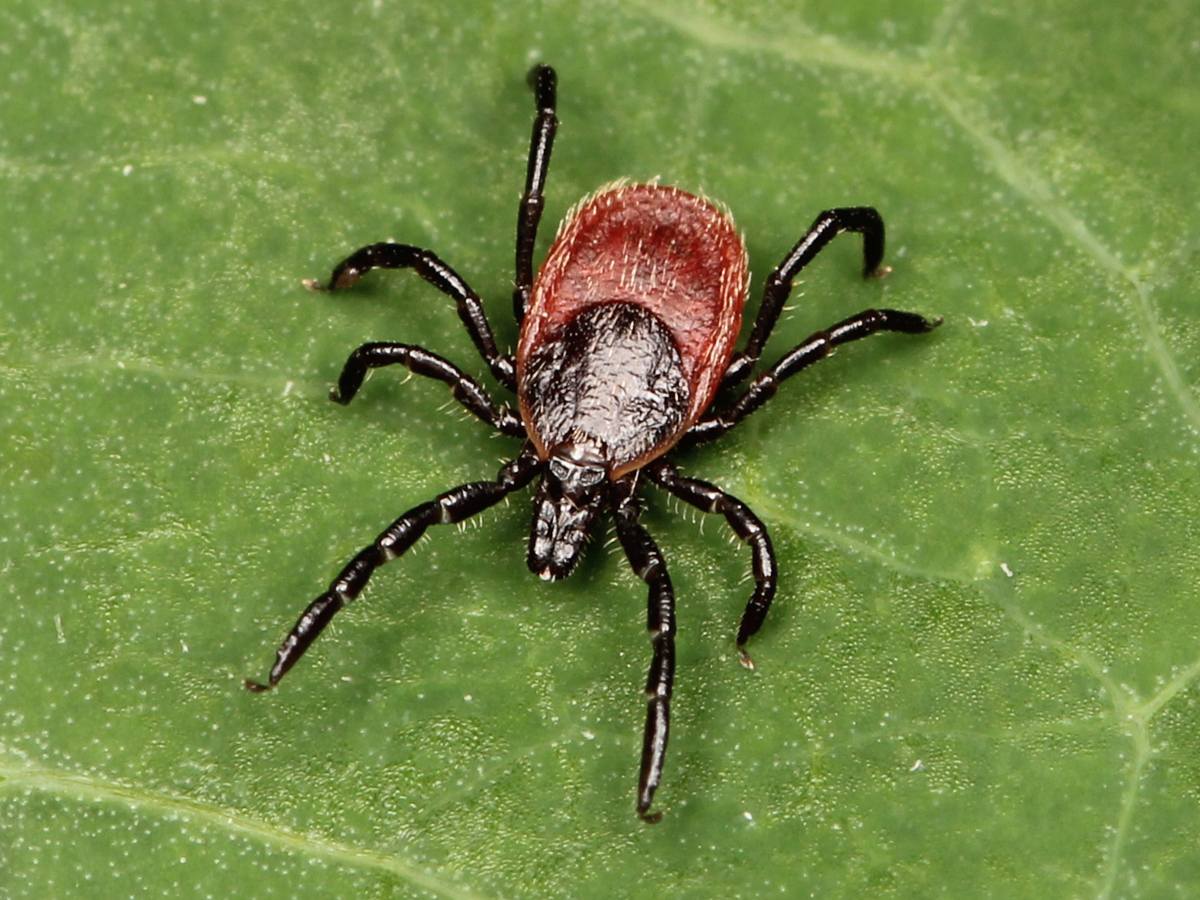Humans are responsible for the increase in disease-carrying mosquitoes: Research shows they live in deforested areas
02/26/2019 / By Michelle Simmons

A new study reveals that humans may have caused the increase in disease-carrying mosquitoes because of environmentally damaging actions that have contributed to the prevalence of deforested areas where these insects usually dwell.
The researchers at the University of Florida Institute of Food and Agricultural Sciences (UF/IFAS) gathered and studied data from previous studies that had focused on the number of pathogen-carrying mosquito species that have made their homes in forested lands and non-forested lands in 12 countries around the world.
Their findings reveal that there are approximately 52.9 percent more mosquitoes in deforested areas. Among those mosquitoes, 56.5 percent have viruses that can harm human health. The study highlights that all of the mosquitoes that carry diseases are mostly found in deforested land. “This research shows that when we convert forest to other uses, we make habitat for the mosquitoes that carry our diseases. Forests are poor habitat for most of our disease-carrying mosquitoes,” said Nathan Burkett-Cadena, lead author of the study and a professor at the UF/IFAS.
Mosquitoes are one of the most fatal animals in the world, causing over 17 percent of infectious diseases in people, according to the World Health Organization. Malaria, one of the most deadly mosquito-borne diseases, is responsible for 438,000 deaths in 2015. Diseases such as malaria and lymphatic filariasis are carried by Anopheles mosquitoes. On the other hand, diseases such as chikununya, dengue, rift valley fever, yellow fever, and Zika virus are transmitted to humans by the Aedes aegypti mosquitoes. (Related: GM mosquito release in Brazil causes dengue emergency, despite being touted as preventive tool.)
“Given the rapid pace of global land-use change and deforestation, it is imperative that these dynamics are better understood to mitigate disease risk and guide land-use policy. Humans need to take this into account as we make decisions and policies about what we do with our remaining forests,” Burkett-Cadena said.
The study was published in the journal Basic and Applied Ecology.
Fast facts on deforestation
About 31 percent of the land area of the Earth is covered by forests. They are essential in human life because they provide oxygen and shelter people and wildlife. About 1.6 billion people depend on forests for food, fresh water, clothing, traditional medicine, and shelter.
“The takeaway message is that our forests provide benefits above and beyond the biodiversity they sustain, the products they provide, such as food, lumber, and medicine, and the recreational opportunities that they provide,” said Burkett-Cadena.
However, throughout the years, deforestation threatens these benefits. Deforestation is caused by different factors such as illegal logging, fires, fuel wood harvesting, clear-cutting for agriculture, ranching and development, and degradation due to climate change.
According to the World Wildlife Fund, around 46,000 to 58,000 square miles of forest are deforested every year, which is equal to 48 football fields every 60 seconds. Deforestation is a main concern in tropical areas because these forests are home to almost all of the Earth’s biodiversity. In the past half century, about 17 percent of the forest in the Amazon has been lost, mostly because forests were turned into cattle ranches. Deforestation results to increased greenhouse emissions, disruption of water cycles, more soil erosion, and loss of livelihoods.
Sources include:
Tagged Under: deforestation, dengue, Ecology, environment, infections, Malaria, mosquito, outbreak, viral infections, Viruses, Zika


















